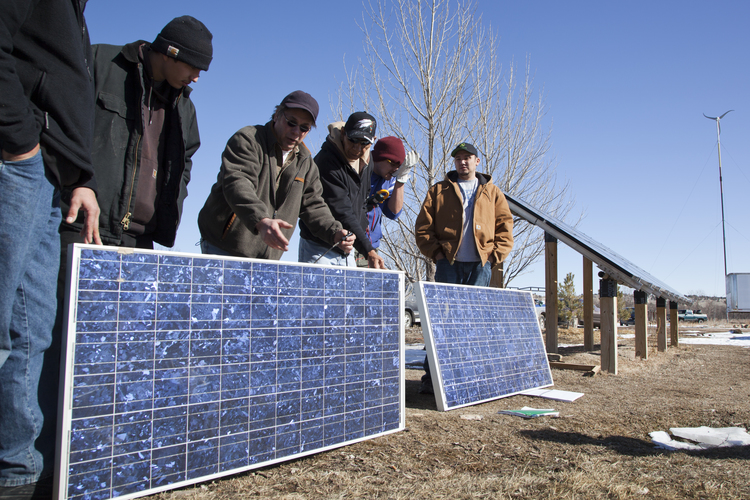Focus on: the Rainbow Snake
Highly aquatic, this beautiful snake can be found among floating vegetation in freshwater streams, along riverbanks and in cypress swamps and marshes of the coastal plain of southern North America. Not a great deal is known about

Herpsofnc.org
this non-venomous species, as it is very reclusive and spends most of its life in the water or hiding in available cover.
As an adult, the Rainbow snake eats only American eels. Landlubbers such as myself probably never consider that eels are fish, with a complicated life cycle that begins in the Sargasso Sea. Visit this page for the rest of the article.
Young gorillas are working together to destroy poachers’ traps in Rwanda
Reblogged from Eben Diskin, June 5, 2018 – visit here for the full article:

Photo: Joachim Odelberg
The famed Highland Gorillas of the Rwanda National Park have apparently learned how to dismantle the traps that poachers have been setting for them, and have teamed up to do the job. Kick ass! Read the original – it’s not very long.
Bringing more Green power to the Res, with Renewable energy:
Rachel Hamalian, volunteer from Trees, Water and People, reports from Pine Ridge about the Lakota Solar Enterprises. They say this about themselves:

“In partnership with Trees, Water & People (TWP), Lakota Solar Enterprises founded and now operates the Red Cloud Renewable Energy Center (RCREC), where Native Americans from around the country come to receive hands-on training in renewable energy applications from fellow Native American trainers. RCREC’s facilities also include demonstration solar air furnaces, a solar electric system, straw bale home demonstration sites, a wind turbine, green houses and garden, buffalo from the Red Cloud herd, and wind break and shade trees. In addition to educating about the benefits of renewable energy, RCREC’s workshops are creating green jobs for residents of Pine Ridge, S.D., as well as visiting trainees from other tribes. As tribal leaders learn how to incorporate sustainable technology into housing plans, employment training, and energy strategies, the impact will increase exponentially.”
from the NY Times weekly newsletter, Climate Fwd:
from June 27, 2018, both positive and negative. Please visit the page for the stories in their entirety. The reporters are Henry Fountain, Livia Albeck-Ripka, John Schwartz and Brad Plumer

Bad News for Ozone Layer Recovery (Getty Images)
1) Research by an investigative reporter from the Times, stationed in Beijing, has shown that there’s a high probability that several businesses in China are supplying and/or using CFC-11, even though it’s long been banned. This could delay the restoration of atmospheric ozone by 10 years or more.

Maine Lobster – Greta Rybus for The New York Times
2) Apparently climate change can be bad for some, good for others. There has been a recent boom of Maine’s lobster fishery. Warming waters and conservation efforts by the lobstermen has helped the industry increase by 500%.

Carl de Souza:Agence France-Presse — Getty Images
3) Brazil isn’t doing so well in it’s efforts to protect its rain forests, with more than 3 million acres cleared by ranchers, farmers and miners. Not only are fires set deliberately, to clear the land, but a severe drought last year caused the fires to spread rapidly, out of control, making the losses much worse. Double-whammy, causing levels of CO2 in the atmosphere to increase ever more.
In all the world’s tropical forests lost roughly 39 million acres of trees. This is only slightly less than the total losses from 2016. Tropical forests are shrinking overall, with losses outweighing the gains. And they’re just talking about tropical forests. . .

Arkansas Rig – Andrea Morales for The New York Times
4) From a new study that came out in mid-June, in the journal Science, we see that much, much more methane (the main component of natural gas) is leaking from domestic oil and gas operations than the industry admits – nearly 2 ½ percent – you might think, “That’s not much,” but in truth, it’s enough to fuel 10 million homes for a year.
Methane has the capacity to warm the planet 80 times as much as the same amount of carbon dioxide, over a 20-year period, if it escapes into the atmosphere before being burned. If the rate of leakage rises above 4 percent, it could actually be worse for climate change than burning coal!
The good news is that most of the leakage is fixable at a relatively low cost, and the fix would pay for itself with income from the saved gas, which is estimated to be some $2 billion a year. Exxon Mobil, the largest gas producer in the country, hopes to reduce its methane emissions by 15 percent over the next year and a half.
Not sure if that’s a sufficient sense of urgency.
**************************************
That’s all the news for this posting. Don’t forget, Volume 3 of my series, Secret Voices from the Forest—Thoughts and Dreams of North American Trees, is brand new, and available through Amazon. Here’s the link.

